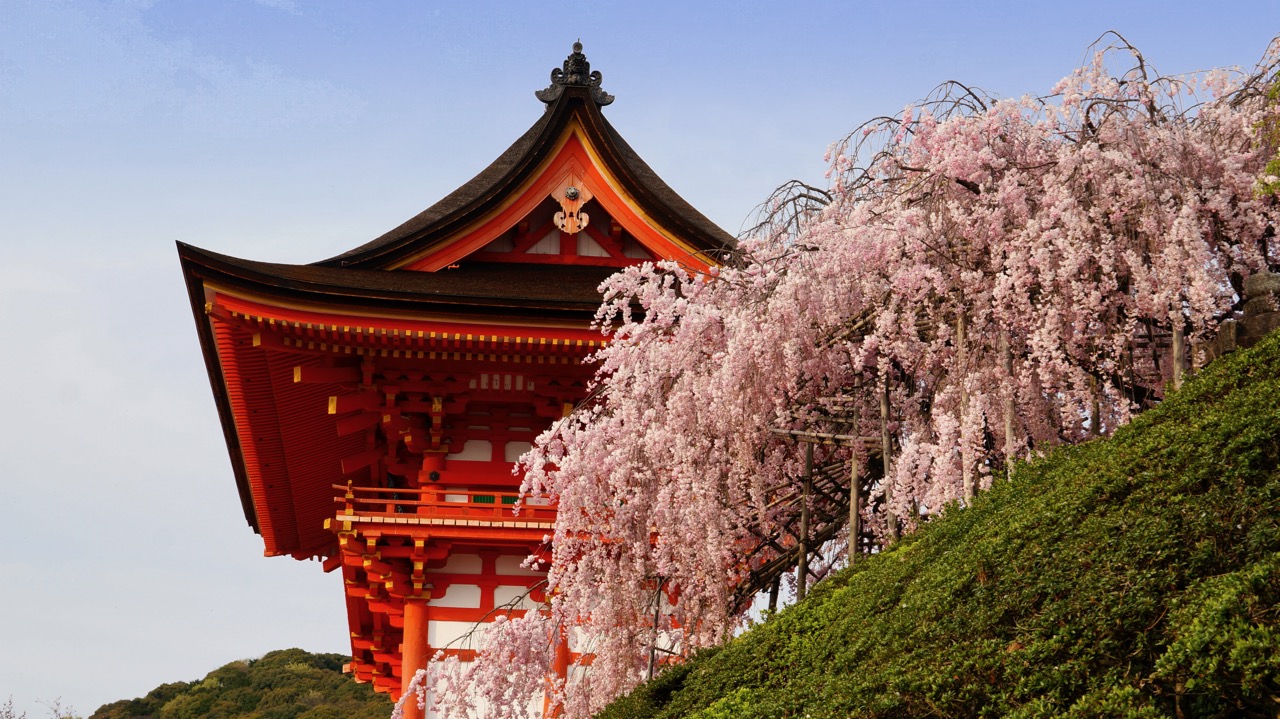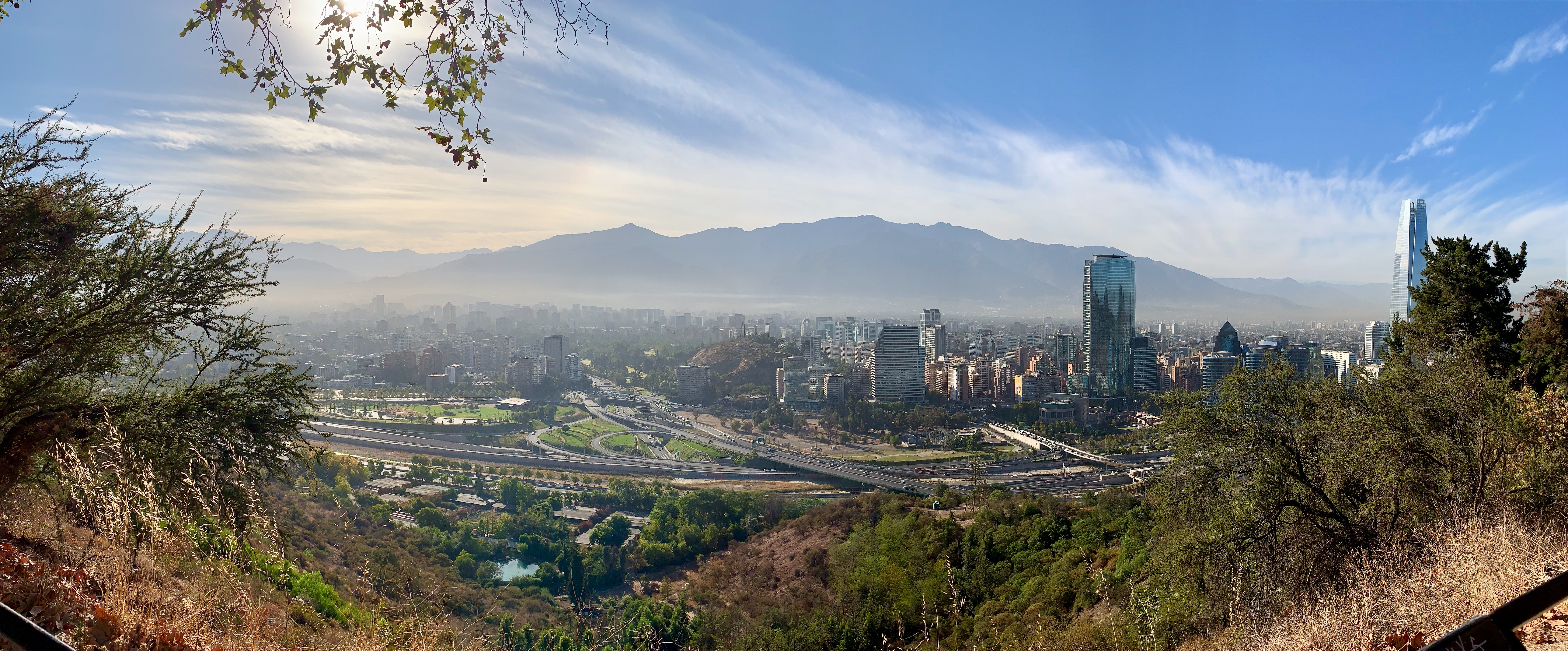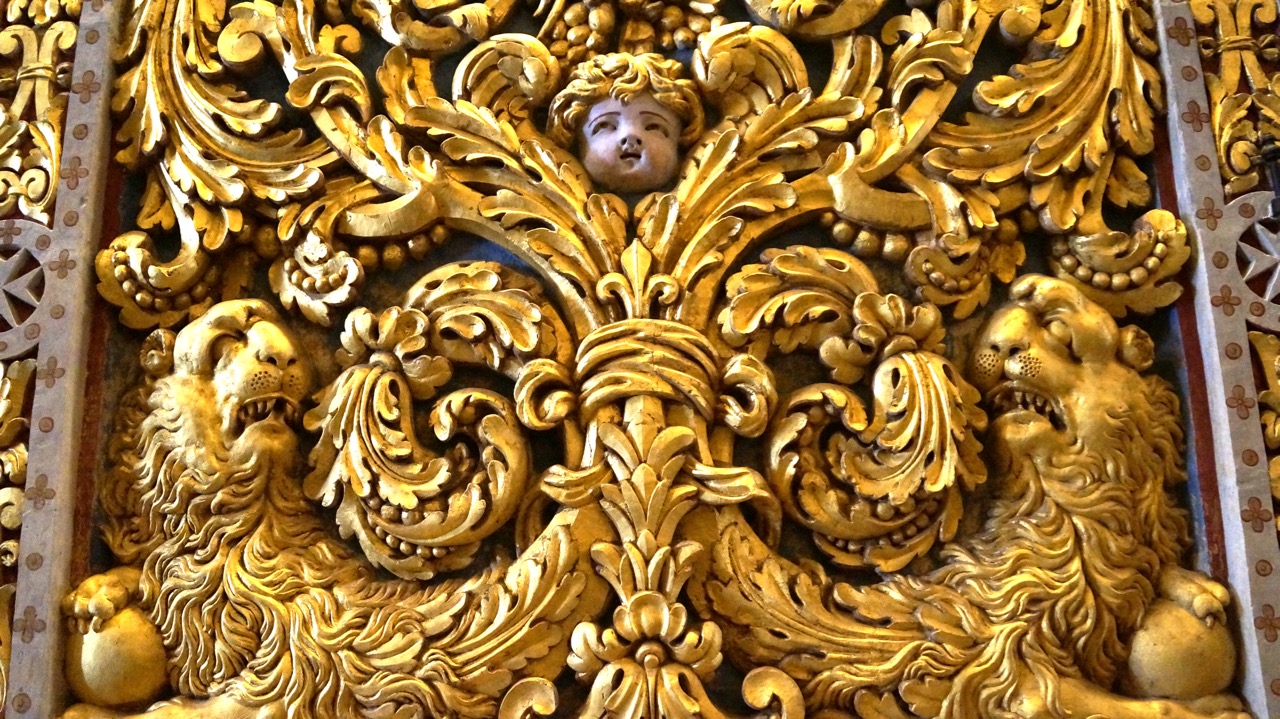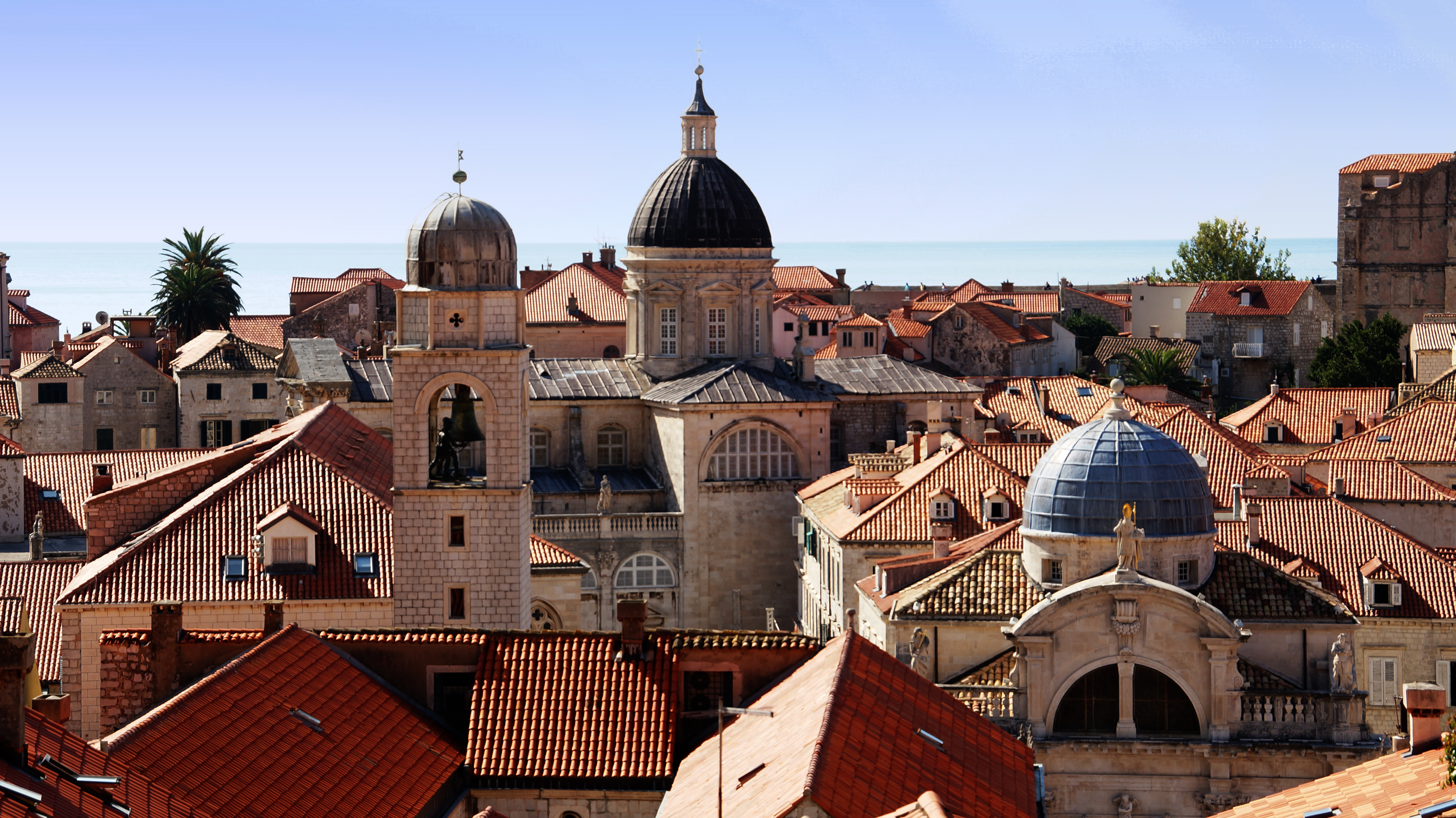Kyoto, Japan

We said Sayonara to Tokyo and headed 360 miles southwest to Kyoto on the bullet train. The ride seemed short because that train is so smooth and quiet. We just love the bullet train!!
Kyoto is a smaller city than Tokyo with a population of 1.5 million. It was also the capital of Japan for more than 1000 years until the capital was moved to Tokyo. Kyoto was spared from bombing during WWII, so luckily, it still has many of its prewar buildings, made of wood with shiny, tile roofs.


We were on a bus tour today exploring some of the famous temples, shrines and palaces. You can’t go to all these places without hearing about the history of Imperial Emperors, Shoguns, and Samurais. Rather than give you a history lesson, I’ll let the beauty of these places shine for themselves and show you some of the highlights of Kyoto. We are also very lucky…the cherry blossoms are still in bloom in Kyoto!! Yay!!
The Golden Pavilion – a former shogun retirement pavilion, now a Zen Buddhist temple. It is coated with 45 pounds of gold and surrounded by a beautiful garden.

Nijō Castle – The Residence of Tokugawa Shogun and a palladium for the Kyoto Imperial Palace. – You saw it in the Shogun movie. I loved the “nightingale floors.” As the group of us walked across the floors, they squeaked, sounding like birds tweeting. It was an alert to the samurais to notify them if assassin ninjas were sneaking into the palace.
[supsystic-gallery id=’81’]
The Imperial Palace – residence of the Emperor until the capital was moved to Tokyo in 1869.
[supsystic-gallery id=82]
Sanjusangen-do Temple – The world’s longest wooden structure in the world, 387 feet, houses 1,001 life-sized intricately carved wooden statues of the Buddhist Kannon god dating back to the 13th century. This god is said to protect against human suffering with its 11 heads, and 23 arms which represent all aspects of man’s life.

Kiyomizu Temple: Built in 798, this ancient Buddhist temple was built totally without the use of nails.

At the bottom of the hill from this last temple is a winding, picturesque street open only to pedestrians, flanked on both sides by cute shops selling all kinds of Japanese souvenirs and treats. Every store was passing out little samples of their beautifully packaged treats, and we munched our way down the hill on tidbits of red beans paste filled mochi snacks and cocoa powdered cookies.
Kyoto is a beautiful ancient city. In today’s modern society, most Japanese women only wear kimonos for special occasions, but even Japanese locals love to come here to dress up in kimonos and walk this road to be part of their ancient past here in Kyoto. There were many shops which rent kimonos for the day, so you too can take part in the tradition.
Just as we were leaving, we saw some tv cameras and wondering what all the commotion was all about…they were interviewing some authentic geishas. Real geishas paint their faces white, we are told, because it makes their faces look beautiful in the candlelight, which is when you would see most geishas. Their kimonos are much more elaborate. What a perfect way to end the day in this colorful and ancient city.
[supsystic-gallery id=’83’]




Amazing photos! We were there!